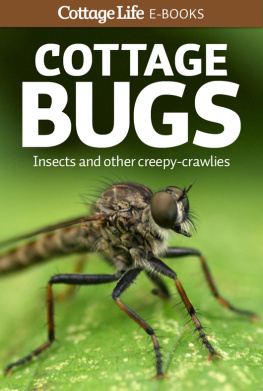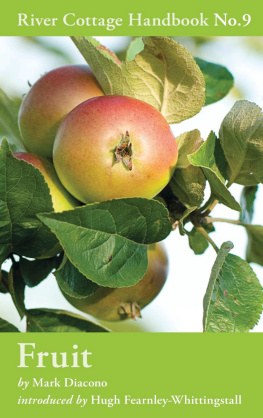Yes, there are some strange goings-on in the woods. Natures Mysteries is a collection of the natural oddities cottagers encounter in the wild, from unusual plants to peculiar animal behaviour and other intriguing phenomena. Cottage Life finds the experts who can solve these mysteriesand their answers are always fascinating.
The past two years, around the first week in November, we have seen a large flock of black-and-white diving birds on our small lake near Baysville. Two years ago there were at least 200 birds, and last year there were around 60. There were also five to 10 seagulls with them each time. We think they are loons that have begun to change to winter plumage because they have a lot more white on them than usual, especially on their wings when they take off. Some of them had reddish feet and bills, which seemed a bit unusual. Other than that they look exactly like loons in size and shape. If not loons, what else could they be?
Fran Sullivan, Toronto, Ont.
Ross James of the Royal Ontario Museum and Henri Ouellet of the Canadian Museum of Nature both guess that youre seeing large flocks of a diving duck called the white-winged scoter. Loons tend not to travel in flocks of that magnitude and do not have red bills or legs, but both features are characteristic of scoters. Scoters are also smaller than loons. While nesting scoters are found in Ontario only on subarctic lakes, they can be seen anywhere in the province in the fall when they are migrating.
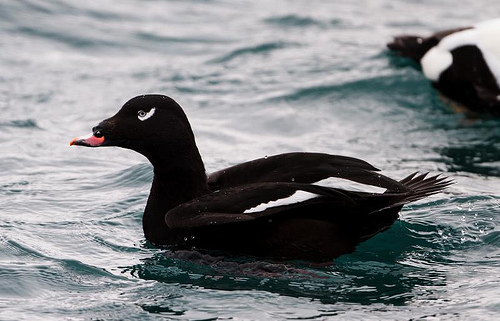
Credit: mar Runlfsson
To be sure your visitors are scoters and not loons, look for subtle differences in colour; in the size and shape of the head, bill, and neck; and in the position of the legs during flight. Scoters are black all over, except for their distinctive white wing patch. The loon, on the other hand, has white on the underside of its head, and no white patches on its wing other than the familiar checkerboard pattern that disappears as the bird assumes its grey winter colour. The scoters head and body are rounder, the bill more duck-like, and the neck longer than the loons pointed head and bill and short, thick neck. On takeoff loons will run across the water farther than scoters, and once theyre in flight youll see their legs trailing behind the tail. Scoters, on the other hand, tuck their legs up out of sight close to the body.October 1996
I photographed this bird at our cottage near Bancroft. Can you help identify it?
Elsa Skuy, Monck Lake, Ont.
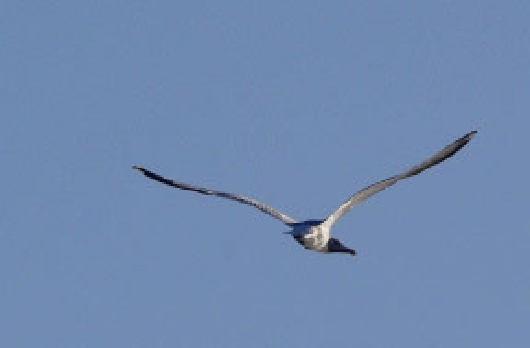
Though its hard to see the bird in detail because of the angle of the photo, our experts say it looks like a herring gull, based on the wing span, the colouring (white with black wing tips), the head shape, and the large bill. Its a common bird in most of Ontarios cottage countryon lakes, farmland, beaches, and in garbage dumpsis a good swimmer, and will eat practically anything. In the 19th century, herring gulls became extinct in some parts of southern Ontario because of excessive feather and egg hunting. Now, theyre one of the most widespread birds in Canada (and considered a nuisance in some areas).May 2000
Two friends and I saw this loon while out kayaking. What are the unusual tan markings on its lower back? Also, how does one tell the difference between a male and a female loon?
Kate Amrein, Twelve Mile Bay, Ont.
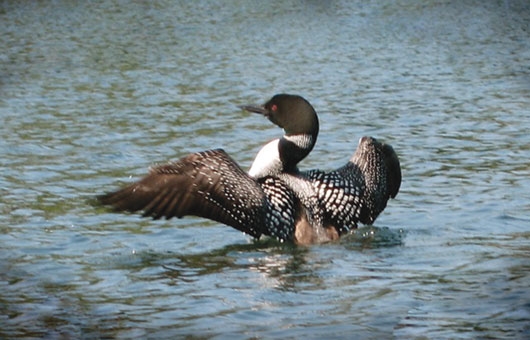
At first, this photo had us stumpedwed never seen a loon with markings like this. (And you dont work at Cottage Life without seeing a lot of loons.) But as it turns out, the mysterious marks are actually just normal body feathers caught in a strange light or in a position that is not regularly seen, says Mark Peck of the ornithology department at the Royal Ontario Museum. Folks at the BioDiversity Research Institute in Gorham, Maine, and the Loon Preservation Committee in Moultonborough, NH, agree.
What youre seeing is the feathers that lie under the main body feathers, explains Harry Vogel, a senior biologist and the executive director of the Loon Preservation Committee. Normally hidden, this downy layer insulates the loon.
As for the second part of your question? That one is easy, says Vogel. The female is the one who lays the eggs. No, really: When you see a loon floating on the lake, its very hard to tell.
Even if you see a pair of loons, it may be hard to tell. There are no real plumage differences, says Vogel, and though males are typically 20 to 25 per cent larger than females and have a somewhat larger head and thicker neck, some individual females are slightly larger than males. What if you saw an adult on a nest or with a baby on its back? Still no help: Unlike some other bird species, loons share nesting and chick responsibilities, explains Kathy Jones of Bird Studies Canada. (Its not the 50s anymore, hummingbirds.)
Male loons do make one call that females dont: the yodel. They use the callwhich sounds similar to a wail call, but has a number of repeating phrasesto advertise and defend their territory.
We usually have two or three loons on our lake all summer long. Last year, we did not see or hear any, but we had a pair of eagles and a huge great blue heron. Could that be the reason we were missing the loons?
Lynne McIndoe Meredith, Spar Lake, Ont.
Probably not. A heron wouldnt bother the loons, and while eagles will sometimes predate a loon nest, their presence alone wouldnt cause your friends to go MIA. So what happened to these regulars? Nothing bad, necessarily, and it depends on whether the loons were paired or singles, says Tiffany Grade, a staff biologist with the Loon Preservation Committee in Moultonborough, NH. Single loonsyoung and, we assume, restlesstend to drift around, visiting different lakes, before finding one where they will ultimately establish a territory. Your loons may have simply picked another spot in which to settle down. A loon pair, on the other hand, may have nested somewhere hidden, or at a different end of the lake, according to Kathy Jones, the volunteer coordinator for the Canadian Lakes Loon Survey with Bird Studies Canada. Or, if theyd tried but failed to start a family, you might have missed Ma and Pa. If loons dont breed successfully, they may leave the lake early.
Humans are the animals most likely to drive loons away, says Jones. Lots of human activitynew cottage builds, PWCs and other powerboats zipping around, fishing (lead fishing gear can be toxic to a loon if ingested)is dangerous and disruptive. If the nest site is constantly being disturbed, the loons might abandon the lake.








